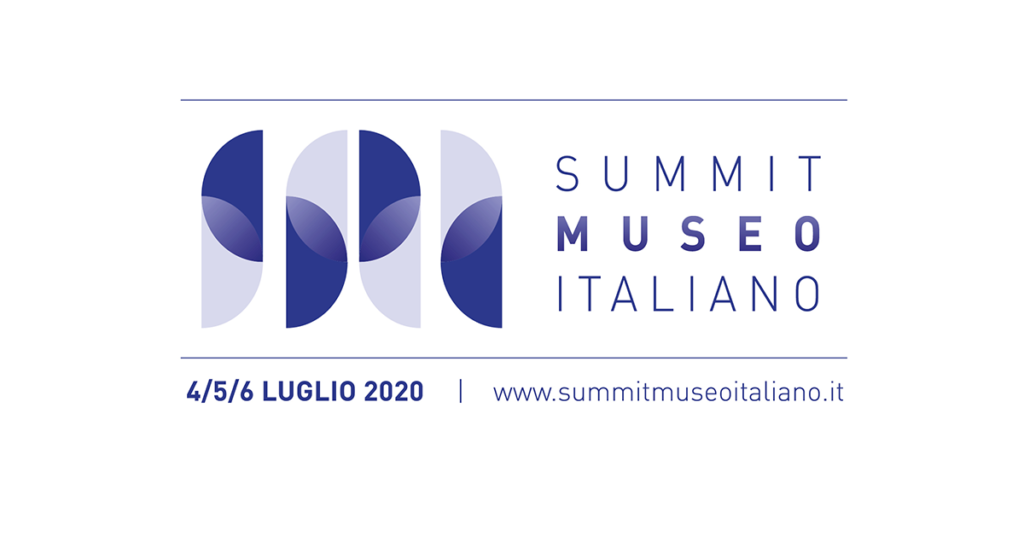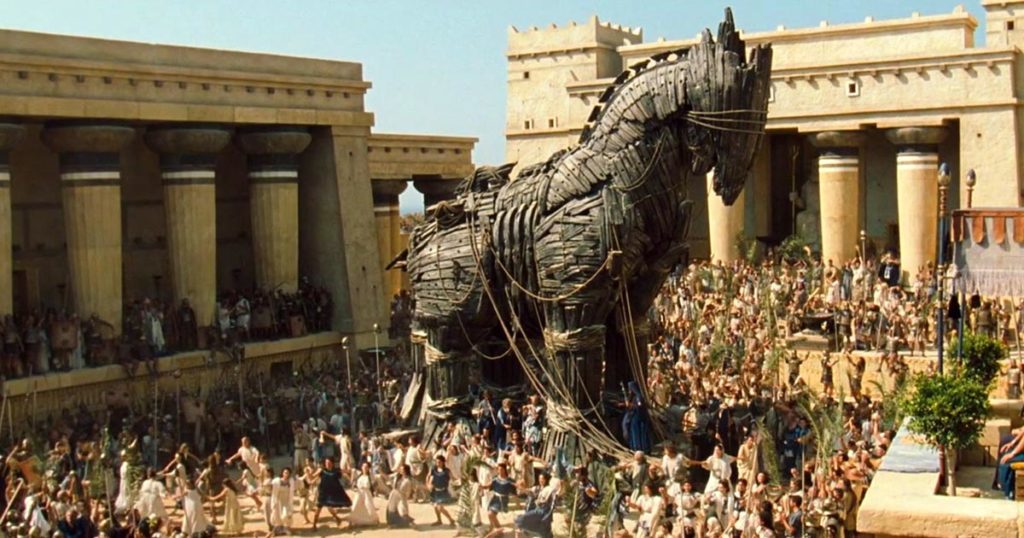WARNING. This article is long, but if you are a Director, a public administrator, or a professional in the world of culture, I ask you to take the time to look into it.
“What will the museum of the future look like?”
“How to enable people to approach culture in a smarter way?”
We had started with these thoughts in 2015, when with my partner we developed a solution for visiting museums 24/7.
Not only did we want to ensurelearning before, during and after the visit, but we aimed to improve a number of processes in the relationship with the visitor.
The 24/7 Museum
Our project was conceived as follows:
- through downloading an app, one could purchase an entrance ticket, paying directly with a credit card;
- using a Bluetooth connection, the smartphone provided for opening the front door. A facial-recognition camera circuit ensured that accesses were carried out properly;
- the information needed to move around the museum was provided through beacon technology that allowed the visitor to be geolocated within the building so that the digital device could provide him or her with both practical information and content related to the works on display;
- the system built would then be an inexhaustible source of information for museums that would collect data on visitor behavior, time spent in different sections of the museum, and identify points of greatest interest;
- thanks to the digitization of works and content, it would have been possible to create databases that could be easily consulted and shared by professionals and enthusiasts alike.
We presented it in May 2016 at Veneto Cantiere Cultura, the network designed to support the development of the territory and increasingly enhance the impact of culture on society and economies.

(If you want to review the speech go HERE).
Unfortunately, despite all our good intentions and the compliments we received, the barriers in front of us forced a radical downsizing of our ambitions.
Were we too dreamy/visionary or was the world of culture still terribly backward?
How many of those ideas could have helped save museums at this time in history?
As fate would have it, in the same days of negativity in rethinking the biggest “what if” of our lives, Giovanni D’Uva, the daddy of the audio guide, was turning 80.
And in reading his words in an interview with Corriere Innovazione, I found a subtle thread …
“The museums didn’t want them.”
It is 1959.
The then 19-year-old John had the idea of using a magnetic tape, futuristic technology for the times, to bring art closer to people.
Thus was born the first rudimentary audio guide in Milan Cathedral, something truly revolutionary.
In the interview passages, one can dwell on a passage when asked “Have you encountered many obstacles?” he replied:
“Especially in museums. […] There was a lot of conservatism, resistance to getting “modern things” into museums.
And what was one afraid of?
“Perhaps to violate what was seen as a spiritual temple, to vulgarize a knowledge reserved for a very few.”
That conservatism, though present in a different form than then, has never died and underlies the museum’s fear of change today.
Between visionaries and conservatives
In order to fully understand the concept of conservatism we are talking about, however, we must go back to the early 1960s.
Sociologist Everett Rogers, within his book “Diffusion of Innovations,” makes known in 1962 the “diffusion of innovations model.”
The theory in question, recently taken up by Frank Merenda, a well-known Italian popularizer, describes how innovation, understood as any idea, practice or object perceived as new, spreads within society and among members of a social system.
Rogers identifies five categories of people according to their timing of purchase and adoption of new products brought to market:
- the innovators;
- early adopters (the visionaries);
- the early majority (the pragmatists);
- the late majority (those we can call conservative);
- latecomers or skeptics.

In 1991 Geoffrey A. Moore , in his book “Crossing the Chasm,” takes up Rogers’ theory and points out that between the first two categories (innovators and visionaries) and the remaining three, there is a jump, the so-called “The Chasm,” which clearly separates the thinking and acting of those who are always one step ahead from those who, on the other hand, are part of the majority who are slow to move and react.
To the first two categories belong those who never stop acquiring notions, methods, procedures, ways of reasoning.
To the last three, however, those who “follow” and do NOT look outside their traditional modus operandi.
A chasm, between these two approaches, that is getting wider and wider and that forces you to stay constantly updated so as not to miss the evolutionary train.
And that’s why with my team we thought of creating specific training for directors, public administrators and cultural players.
The Italian Museum Summit: three days (free) to rethink the future of your institution
In addition to inflicting irreparable economic damage, the coronavirus exposed the most fragile aspects of the foundation on which the museum system stood.
What is following is an unprecedented crisis of culture.
Yet an opportunity opens before us: to rethink the museum with patterns other than the traditional ones.
And the Italian Museum Summit was created for this purpose.

It will be a course, lasting three days, consisting of three parts:
- management;
- operational marketing;
- innovation.
These are the three fundamental gears dar turn properly to revitalize your institution and give it a future.
What we will do over the three days is to bring together for the first time more than 20 experts in specific fields, also from different worlds, from whom you can learn tricks and secrets that you can also put into practice in your museum.
And the absolute best thing is that these 3 days will be completely free.
What are you waiting for? Step into history and participate in what will likely be the largest online museum industry event in Italy.

